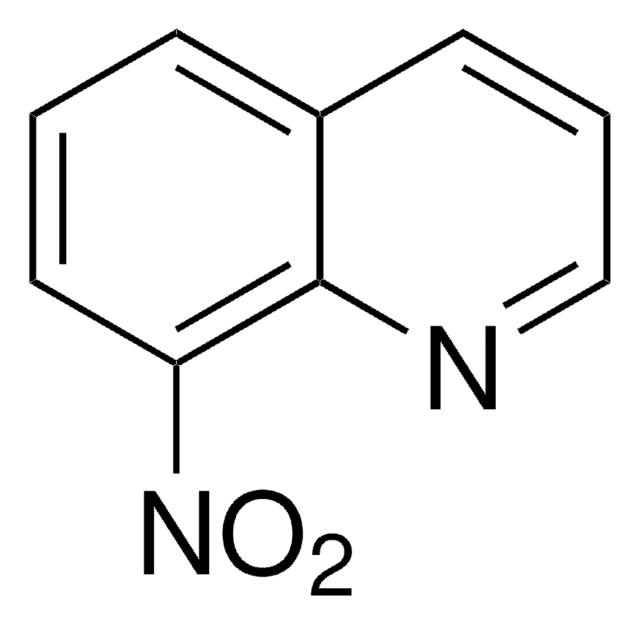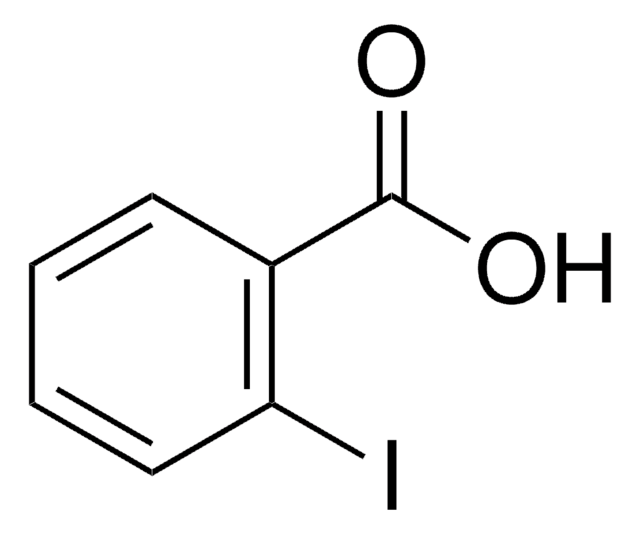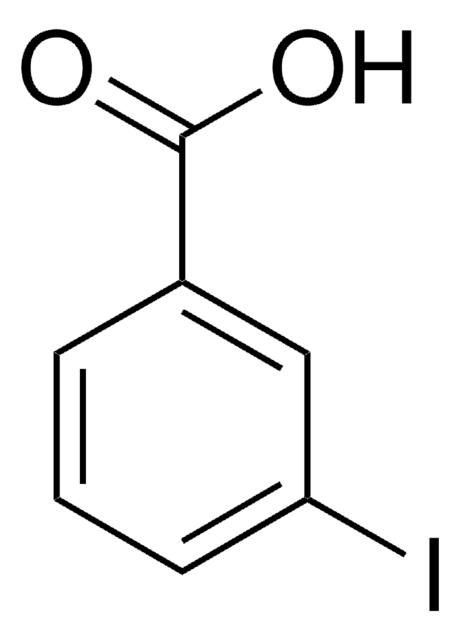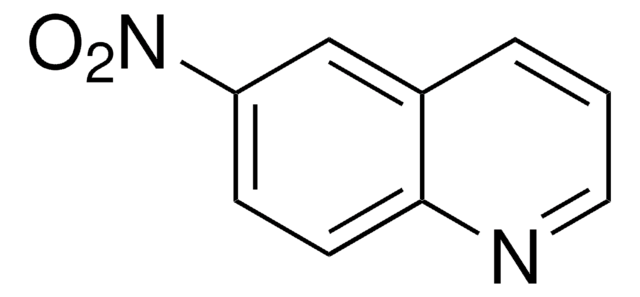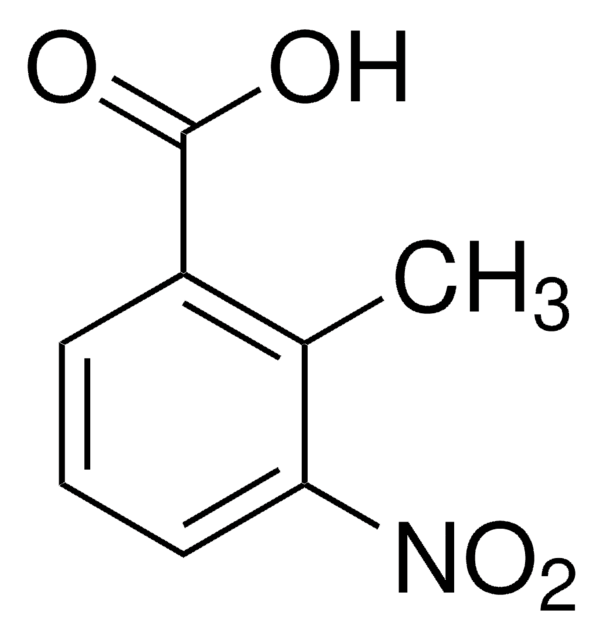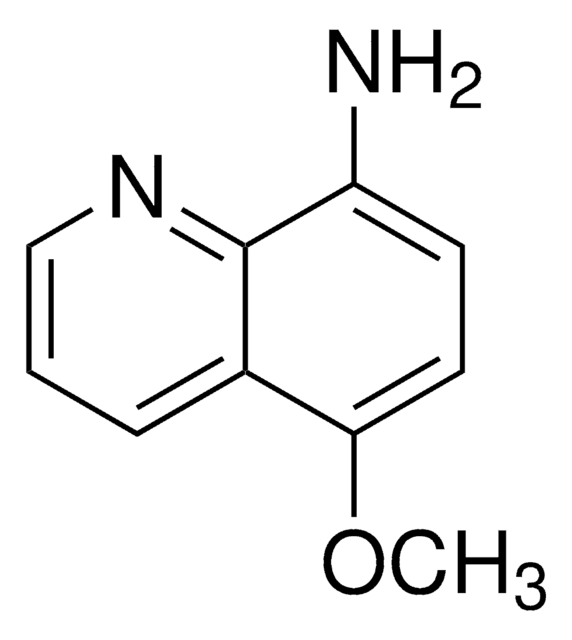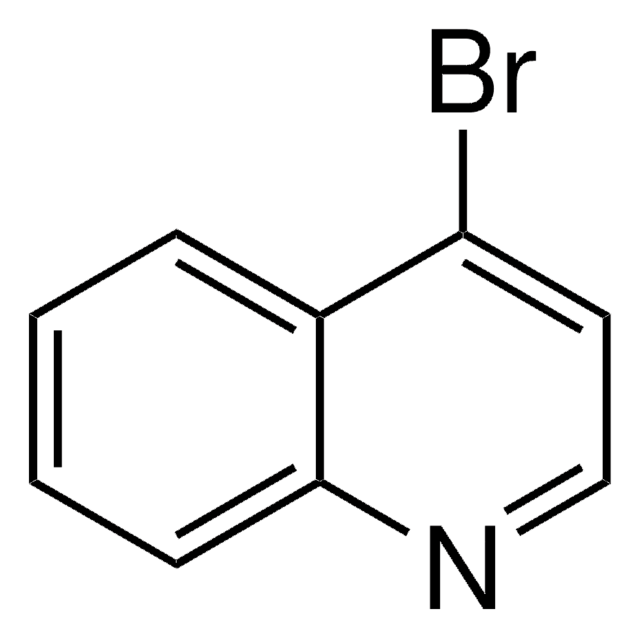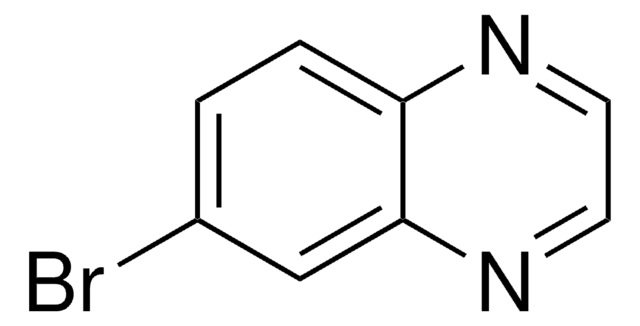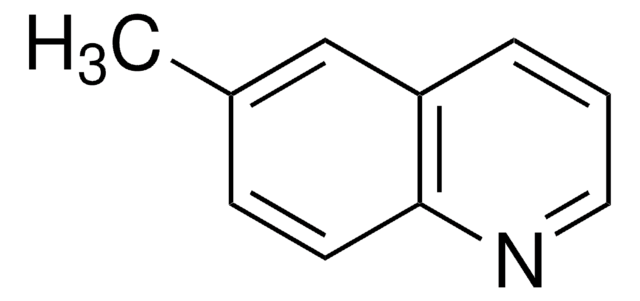All Photos(1)
About This Item
Empirical Formula (Hill Notation):
C9H6N2O2
CAS Number:
Molecular Weight:
174.16
EC Number:
MDL number:
UNSPSC Code:
12352100
PubChem Substance ID:
NACRES:
NA.22
Recommended Products
Assay
99%
form
powder
mp
71-73 °C (lit.)
SMILES string
[O-][N+](=O)c1cccc2ncccc12
InChI
1S/C9H6N2O2/c12-11(13)9-5-1-4-8-7(9)3-2-6-10-8/h1-6H
InChI key
NDDZXHOCOKCNBM-UHFFFAOYSA-N
Signal Word
Warning
Hazard Statements
Precautionary Statements
Hazard Classifications
Acute Tox. 4 Dermal - Acute Tox. 4 Inhalation - Acute Tox. 4 Oral - Carc. 2
Storage Class Code
11 - Combustible Solids
WGK
WGK 3
Flash Point(F)
Not applicable
Flash Point(C)
Not applicable
Personal Protective Equipment
dust mask type N95 (US), Eyeshields, Gloves
Regulatory Information
新产品
Choose from one of the most recent versions:
Already Own This Product?
Find documentation for the products that you have recently purchased in the Document Library.
B G Siim et al.
British journal of cancer, 70(4), 596-603 (1994-10-01)
The cytotoxic potency of 4-alkylamino-5-nitroquinoline drugs in AA8 cell cultures is enhanced up to 60-fold under hypoxia, with wide variations in selectivity for hypoxic cells observed for different members of this series. This study uses three representative 5-nitroquinolines to examine
V Arjunan et al.
Spectrochimica acta. Part A, Molecular and biomolecular spectroscopy, 96, 506-516 (2012-06-26)
The FT-IR and FT-Raman spectra of 8-hydroxy-5-nitroquinoline have been recorded in the regions 4000-400 and 4000-100 cm(-1), respectively. The spectra were interpreted in terms of fundamentals modes, combination and overtone bands. The normal coordinate analysis was carried out to confirm
Oksana Yosypchuk et al.
TheScientificWorldJournal, 2012, 231986-231986 (2012-05-24)
Genotoxic nitrated polycyclic aromatic hydrocarbons (NPAHs) are formed during incomplete combustion processes by reaction of polycyclic aromatic hydrocarbons (PAHs) with atmospheric nitrogen oxides. 1-Nitropyrene, 2-nitrofluorene, and 3-nitrofluoranthene as the dominating substances are used as markers of NPAHs formation by these
Bin Yang et al.
Environmental science and pollution research international, 23(4), 3399-3405 (2015-10-23)
The solubilities of 19 different kinds of N-heteroaromatic compounds in aqueous solutions with different concentrations of NaCl were determined at 298.15 K with a UV-vis spectrophotometry and titration method, respectively. Setschenow constants, Ks, were employed to describe the solubility behavior
Our team of scientists has experience in all areas of research including Life Science, Material Science, Chemical Synthesis, Chromatography, Analytical and many others.
Contact Technical Service